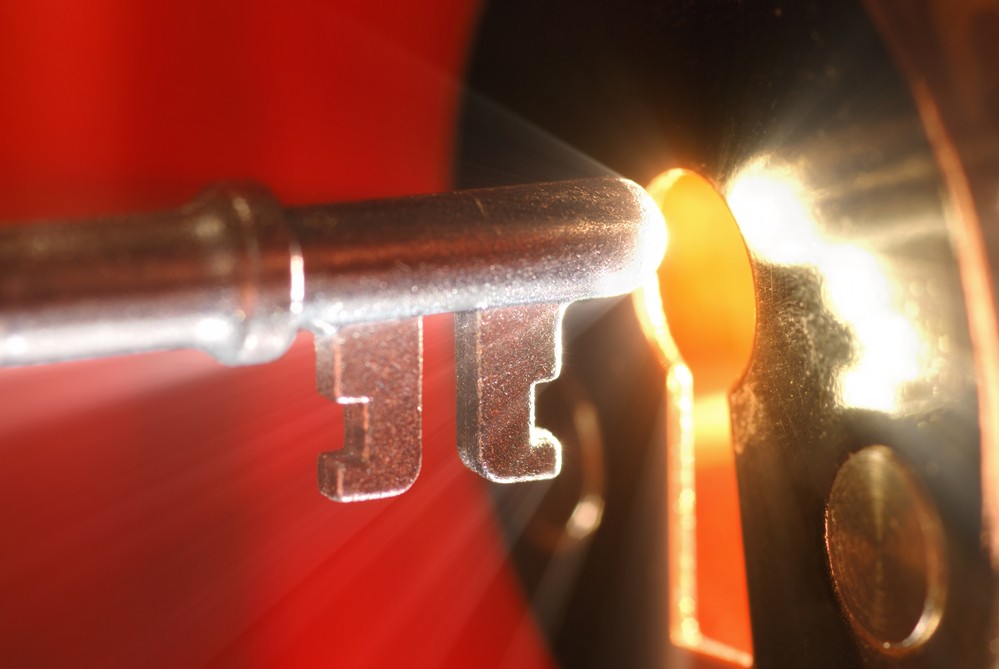Tips on How to Sharpen Your Woodworking Tools

Woodworking is a craft that requires precision and finesse, and one of the most important aspects of achieving this is having sharp tools. Dull tools not only make your work more difficult, but they can also lead to accidents and injuries. Therefore, it is crucial to know how to properly sharpen your woodworking tools. In this article, we will provide you with some valuable tips to help you keep your tools sharp and ready for any woodworking project.
Understanding the Importance of Sharp Tools
Before diving into the tips on how to sharpen your woodworking tools, it is essential to understand why sharp tools are vital. Sharp tools offer a range of benefits, including:
1. Improved Efficiency: Sharp tools cut through wood effortlessly, saving you time and energy.
2. Clean Cuts: Sharp tools produce clean and precise cuts, resulting in high-quality finished products.
3. Safety: Dull tools require more force to cut through wood, increasing the risk of slipping and causing accidents.
Now that we have established the significance of sharp tools, let’s move on to the practical tips.
Choosing the Right Sharpening Tools
There are various sharpening tools available on the market, such as sharpening stones, honing guides, and sharpening jigs. When selecting the appropriate sharpening tools, consider the type of woodworking tools you have and their specific sharpening requirements. Research different options and invest in high-quality tools that will provide consistent results.
Sharpening Techniques for Different Tools
Different woodworking tools require different sharpening techniques. Here are some tips for sharpening commonly used tools:
Chisels: Start by flattening the back of the chisel on a sharpening stone. Then, create a bevel by grinding the edge of the chisel against the stone at the desired angle.
Plane Blades: Flatten the back of the blade and create a bevel, similar to sharpening chisels. The key is to maintain a consistent angle throughout the sharpening process.
Saws: Use a triangular file to sharpen the teeth of your saw. File each tooth individually, following the original angle of the tooth.
Maintaining Consistent Angles
Consistency is crucial when it comes to sharpening woodworking tools. Maintaining a consistent angle throughout the sharpening process ensures that the tools perform optimally. To achieve this, consider using a sharpening guide or jig that helps you maintain the desired angle while sharpening.
Regular Maintenance and Inspection
Sharpening your tools should be a regular part of your woodworking routine. However, it is equally important to perform routine maintenance and inspection to keep your tools in good condition. After sharpening, clean your tools thoroughly and apply a protective coating, such as a thin layer of oil, to prevent rusting. Additionally, inspect your tools for any signs of wear or damage. Replace or repair any damaged parts promptly to ensure the longevity and effectiveness of your tools.
Storing Your Tools Properly
Proper storage plays a significant role in maintaining the sharpness of your woodworking tools. Keep your tools in a dry and clean environment to prevent rusting. Consider using tool rolls or cases to protect your tools from dust and humidity. Organize your tools in a way that allows easy access and minimizes the risk of accidental damage.
Conclusion: Sharpening for Success
In conclusion, sharpening your woodworking tools is an essential skill that every woodworker should master. By following these tips and incorporating regular maintenance into your woodworking routine, you can ensure that your tools remain sharp, efficient, and safe to use. Remember, sharp tools not only enhance the quality of your work but also make your woodworking experience more enjoyable. So, sharpen your tools, and let your creativity flow effortlessly through every piece of wood you work with!




